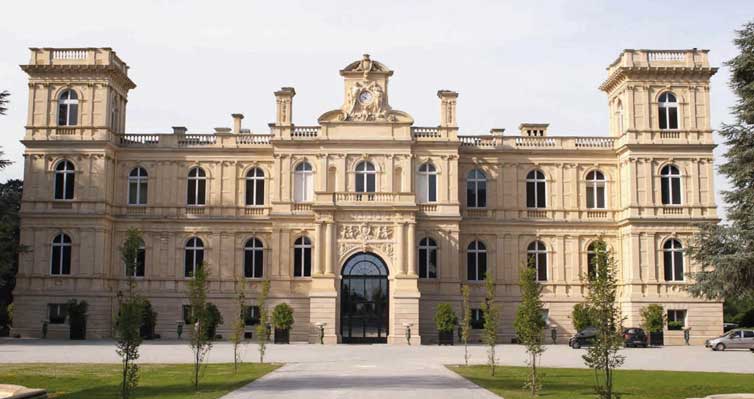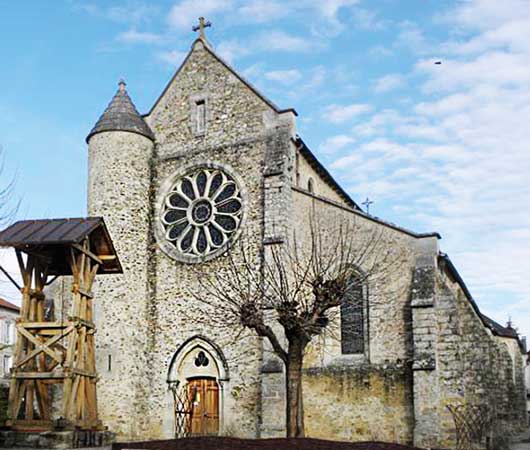Customers:
Our clientèle comprises a large number of companies from a wide variety of sectors ranging from the automotive and general machine industry and the supplier industry through to the steadily growing aerospace industry. The combined mill/turning centres from the HELLER HF series are particularly suited for this sector as they offer a reduced cycle time whilst guaranteeing optimum production quality.
Objectives:
Our goal is to expand the market share in the French-speaking countries throughout the various branches of industry by offering each customer comprehensive and specific support in the sense of a real partnership. To achieve this goal, we build on a very experienced team in the Service and Engineering departments. From the project-planning phase to the start of production right through to the decision about the re-use of equipment, we offer our customers a full range of services to cater to their needs. In addition to repairs, we also offer preventive maintenance and servicing, retrofits, rebuilds, installations and training.
Beginnings:
HELLER France was founded in 1986 and has been based in Ferrières-en-Brie since March 2008.
Tasks:
- marketing of HELLER products within the European Union: France, Belgium (Wallonia), Luxembourg
- engineering and application support
- order and project handling
- technical support and service
- training
- production support and process adaptation
- preventive and corrective maintenance and servicing
- installations
- retrofits and repairs
- HELLER sales support
Branch manager:
Claude Ballay
Facilities:
Office floorspace: 248 m2
Employees:
16
Points of interest in Ferrières-en-Brie
Ferrières-en-Brie is a commune in the Seine-et-Marne department in the Île-de-France region. It is located about 30 kilometres from Paris on the Brie plateau and in the Ozoir-la-Ferrière canton. Ferrières-en-Brie lies between the valleys of the Seine river and the Marne river and also borders on Bussy-Saint-Georges.
The original village dates back to the 12th century and owes its name to the ancient smithies that were once erected on the grounds. Today, the quiet and pleasant town is best known for its castle, whose former owners include illustrious names such as the Fouché or the Rothschild family.
Château de Ferrières
Built in the mid-19th century, the castle attracts many visitors throughout the year. The château is a listed building.
Inaugurated in 1862 by Napoléon III, the Château de Ferrières is an icon of French heritage and was built by the French branch of the Rothschild family. The architect Joseph Paxton, who was commissioned to build it between 1855 and 1859, gave it an Italianate and English style. Thus, it is surrounded by a large English park and has beautiful neo-Renaissance façades and an incredible replica of the grand staircase of London’s Crystal Palace.
In 2014, the palace was completely restored. Under the direction of the renowned interior designer Pierre-Yves Rochon, the interior was designed. Its 30 or so suites have been film locations for numerous films such as ‘Papy fait de la résistance’, ‘Palais royal!’ or ‘99 francs’.
Today, the listed château is popular as an event location – no wonder, with eight lavishly restored salons and lounges, the park and the ‘caves’ (the cellars and former kitchens connected to the main building via a tunnel). Facilities include private ceremonies (e.g. weddings), gala dinners in the former ballroom, lunch and dinner cocktails, garden parties and various entertainment/programme items for events with a real castle character.
The renovated building of the former kitchens houses the bistro-style ‘Le Chai’ restaurant with authentic cuisine and a perfectly matching wine selection. In the centre of the castle, gourmets will also find the restaurant ‘Le Baron’.

Église Saint-Rémy
The Saint-Rémy church built around 1230 features impressive elements from the 10th, 11th, 13th and 16th century. Inside visitors can admire a beautiful Champagne-style apsis. After the church was burned down by the Calvinists in 1569, its frame was rebuilt using 21 oaks from the forest of Crécy. The style of the rose window and the main portal is neo-Gothic. The glass windows from 1880 were created by the master glassmaker Champigneul after a donation by the Rothschild family. The church has been a listed building since the middle of the 19th century.


